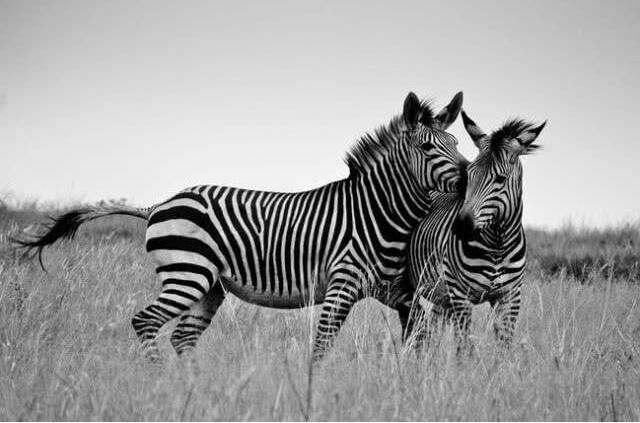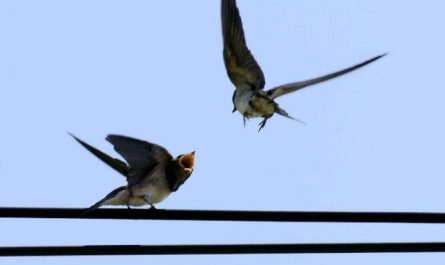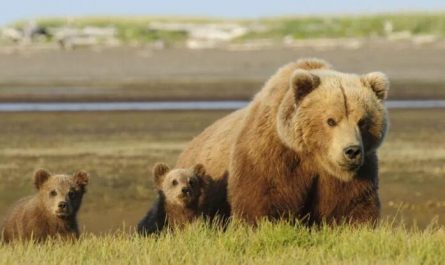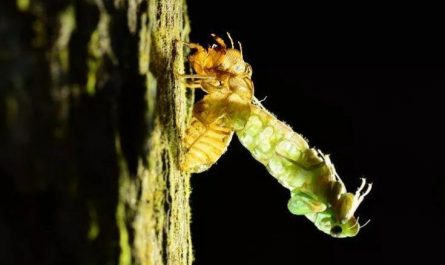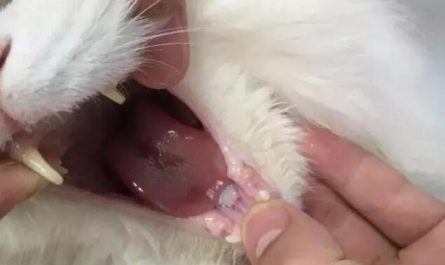Why zebras are difficult to tame
All equines are herbivorous prey, and they have a developed “fight or flight” response. But in order to live in a land with a large number of predators including lions, cheetahs and hyenas, zebras have become extra vigilant and will run away immediately when they are in danger; if they are caught, they will be fierce. To resist.
A zebra can kick a lion’s jaw with one kick. They are also ferocious biting animals, and when people use a lasso to catch them, they will dodge. Familiarity with human hunter-gatherers may also enhance the zebra’s avoidance response.
All of this means that zebras are not a human-friendly animal, and they do not meet the conditions for domestication. According to British explorer Francis Galton, the conditions for domestication include the animal’s need for comfort, convenient care, useful to humans, and liking for humans.
Galton believes that zebras are a very difficult animal to deal with. He said that the Dutch Boers have also repeatedly tried to capture zebras. Although some people have succeeded, the stubborn nature of zebras often allows them to escape, making the Boer’s efforts fall short.
Although it is possible to domesticate a single zebra, the species of zebra is not a suitable candidate for domestication. In addition to the tricky nature and strong survival instincts of zebras, the fact that they were lion feed also made them less attractive companions for early humans.
Life habits of zebras
Cluster
Zebras are very social and belong to social animals. They forage together (mainly grass) and even groom each other’s fur. Zebras live in groups, and even old individuals will not be expelled from the group and live alone. But the group is usually not large, the most is about 10, mostly composed of female animals and male and female cubs who have not reached sexual maturity. The group is very compact and not loose. The cubs like to play together, tear up, or play with each other. The females play together. Adult male animals usually live alone, occupying a territory of about 10 square kilometers. They use excrement as a mark of territory boundaries. Only in the rainy season, when waiting for the female beast to come around, do they live a married life together. Then the female will return to the group.
Call
Within the habitat, the group always migrates along a relatively fixed route. Although it looks extraordinary, it sounds awkward, just like “calling a donkey” neighing. Its vision is very good. Its eyes are the same as other horses. It can see both far and near things at the same time. It has a keen sense of hearing. It also raises its ears vigilantly when eating to prevent sudden attacks. When foraging, members of the group take turns to take on the guard task. Whenever there is danger, a warning signal of long hissing is issued. The group immediately stops eating and quickly escapes. Its running speed is fast and long-lasting, up to 60-80 kilometers per hour, which is beyond the reach of beasts such as lions and leopards, so it can often escape the hunting of carnivores.
feeding habits
Zebras are herbivorous animals. In addition to grass, shrubs, branches, leaves and even bark are also their food. The digestive system with strong adaptability allows zebras to survive under low-nutrient conditions, which is superior to other herbivorous animals. The main food is grass, and sometimes young leaves are eaten. Not only are members of the group very friendly, but also often mixed with ostriches, giraffes, antelopes and other herbivores to live together, share the same food, and use each other to exchange information. To avoid powerful enemies.
Natural enemy
Their natural enemies, lions, leopards, wild dogs, hyenas, etc. can only prey by ambushes. They often set up ambushes on the only way to drink water and wait patiently. When they are closer, they suddenly rush out and aim at them. A sick individual or an inexperienced cub in a group running around due to fright, fell down and had a full meal.
The role of zebra stripes
The formation of stripes and gaps on zebras occurs in the early pregnancy of female animals, and a fixed, uniformly spaced stripe pattern has been identified in the embryo. Later in the process of embryonic development, due to the different development of various parts of the body, after the pups are born, the stripes formed in each part will be different, some are wide and some are narrow.
For example, the stripes on the neck of a zebra are relatively wide, so the earliest stripe form on the neck must be determined before the neck elongation in the seventh week of embryonic development; the strips near the nostril are very thin, so the earliest stripe form on this part must be In the fifth week of embryonic development, it is determined before the nose is enlarged; the stripes on the hips are the widest, indicating that the hips develop in proportion to the rest of the body.
On the other hand, stripes cannot appear earlier than the fifth week of embryonic development, because zebras have a striped tail, and this tail has not appeared before the fifth week of embryonic development. At this time, the embryo’s length It is about 32 mm and the number of stripes is about 80. Based on this, it can be calculated that the width of each stripe initially determined is about 400 microns, that is, each stripe has a width of 20 embryonic cells. As for why the stripes on its limbs are horizontal, it may be formed by mechanically turning all the stripes at an angle during the embryonic development of the legs.
The stripes on zebras are beautiful and elegant. They are one of the main marks for mutual recognition of the same species. More importantly, they form a protective color that adapts to the environment as an important defense method to ensure their survival. In open grasslands and deserts, this black-brown and white stripes reflect different light under sunlight or moonlight, and play a role in blurring or distracting the outline of the body. Distinguish the surrounding environment.
This kind of protective effect that is not easy to expose the target is very beneficial to the animal itself. Research in recent years also believes that the stripes on zebras can distract and weaken the attention of thorn flies on the grassland, and are a means to prevent them from biting. This kind of insect is a vector for transmitting sleep diseases. They often bite horses and antelopes. And other monochromatic animals, it rarely threatens the life of zebras.
This protective color is gradually formed by adapting to the environment and natural selection for a long time. Because there have been some zebras with inconspicuous stripes in history. Due to their obvious targets, they are easy to be exposed to natural enemies, hunted and killed, and finally extinct. Was gradually eliminated in the process of biological evolution. Only those with distinct and conspicuous stripes can survive to the present. Mankind has gained enlightenment from this phenomenon, applying the principle of stripe protection color to maritime operations, painting warships with a color similar to zebra stripes, in order to blur the opponent’s line of sight, achieve the purpose of concealing oneself and confuse the enemy.
